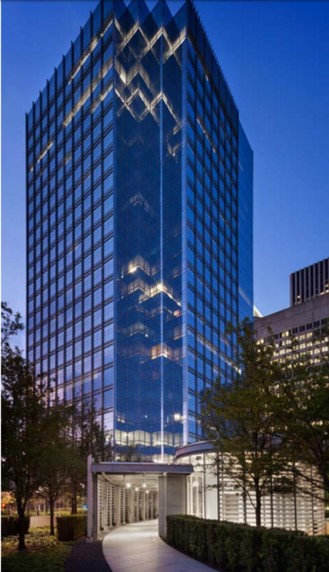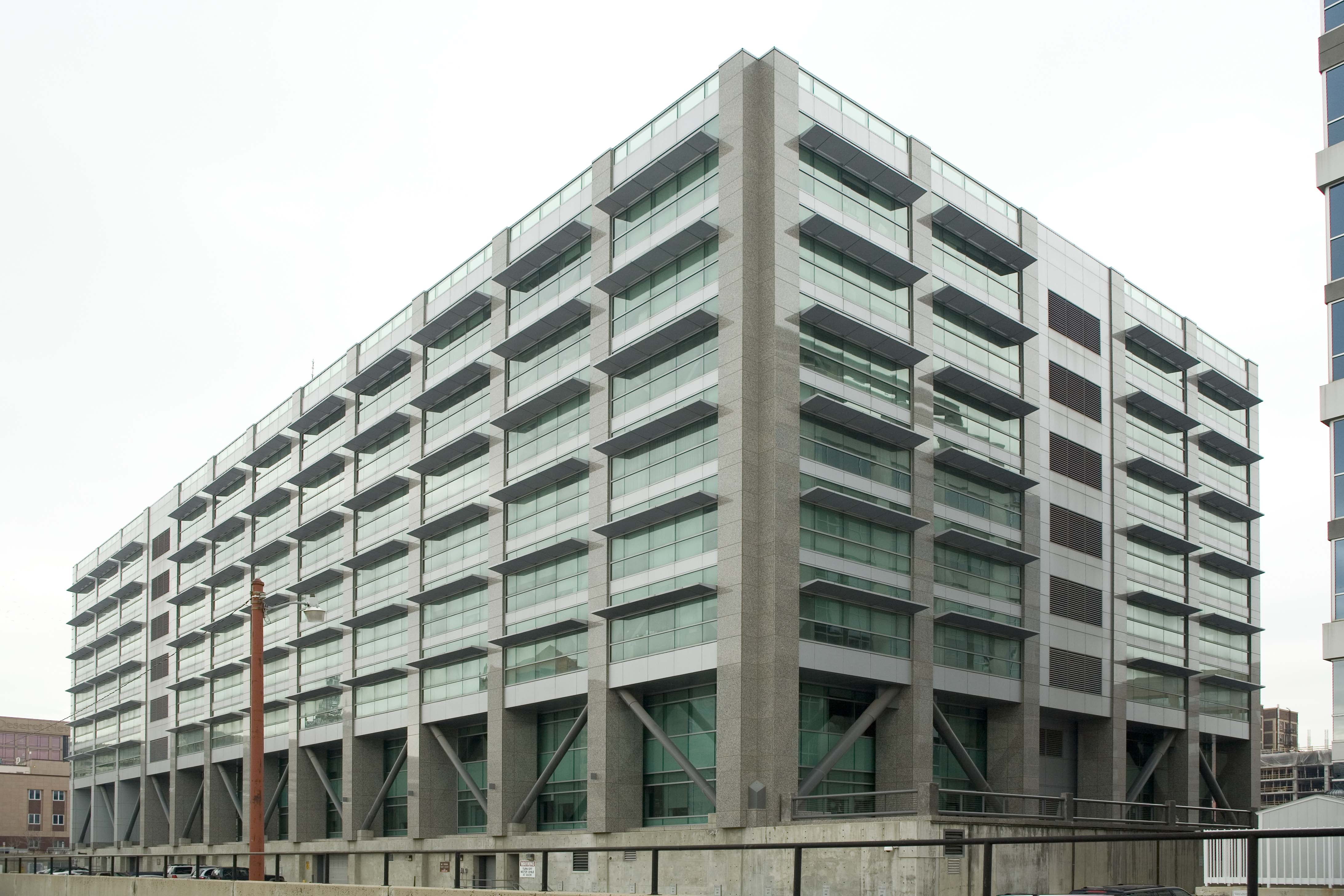Integrative Design Process
Collaborative PracticesSee real-world examples from five GSA project teams in how they used collaborative strategies to deliver high-performance buildings on time and on budget. |
Finding solutions that meet all sustainability goals at once isn’t always easy, so new processes are required to help achieve those goals. In federal building projects, collaborative, integrative processes are required under the Guiding Principles for Sustainable Federal Buildings. This integrative approach looks for synergies among strategies – strategies that enhance one another or together reduce costs. To make the integrative design process effective:
Start early — Setting sustainability goals at the outset and incorporating sustainable alternatives from the beginning means avoiding design changes and change orders down the road
Form an interdisciplinary team — Sustainability means finding new and creative solutions that cross disciplinary boundaries. Bring a diverse team together to work alongside each other in new ways to find integrated strategies for improved performance. For example, include the contractors and building operators in the design process to make sure their expertise is shared. Integrate building users and other stakeholders into the team to make sure that their needs are met. Want to know more? Explore suggestions of who to bring to the table when dealing with different Whole Building Systems:
SubmeteringUse charrettes — Charrettes are workshops designed to promote creativity and collaboration. They should be conducted by an experienced facilitator and should include the project team, the owner, and other stakeholders. The first charrette is typically used to generate project goals and guiding principles. Additional charrettes can be used to tackle the overall project plan or aspects of design.
Set clear goals — By making sustainability criteria explicit at the beginning of a project, teams have a clear sense of what their work is meant to achieve. These goals should be revisited throughout the project to keep things on track. Documents such as the Owner’s Project Requirements can be used to memorialize project goals and provide a frame of reference for on-going evaluation.
Perform project analysis — Before any design decisions are made, it is important to understand the primary goals of the project as well as how each building system helps the project meets its goals. This may require collection of data on energy or water use in an existing building, or surveys of occupants working in a space. The more that is known about the specific place and the components of the building in advance, the more effective integrative design strategies will be.
Evaluate alternatives — Sustainable design requires careful evaluation of alternatives against multiple criteria. It is not enough to determine which materials cost least up front, but also which will perform the best over time, are the healthiest, will have the greatest return on investment, are the most efficient, use resources the most wisely, etc. This process may require a simple comparison, or more advanced methods such as energy modeling.
Verify performance — As a project moves from design to implementation and operation, it is important to continue tracking performance against the project goals and to refine those goals in order to ensure that performance targets are achieved. Performance tracking can be leveraged to create continuous improvement.
For more guidance, see GSA's Collaborative Practices for Federal Construction![]() .
.



